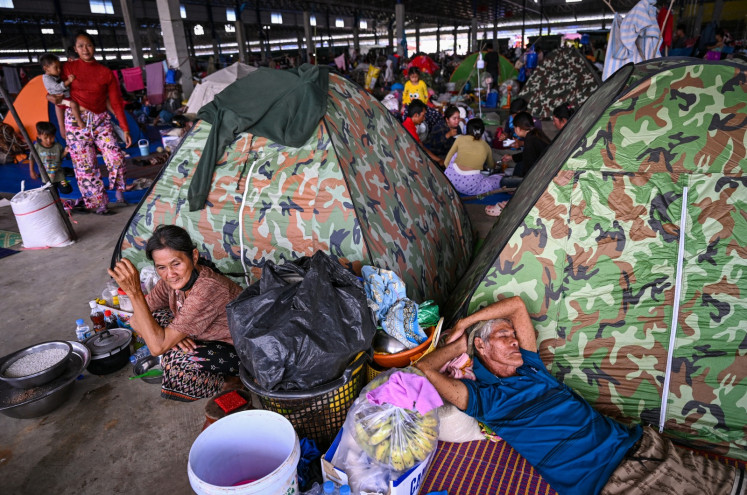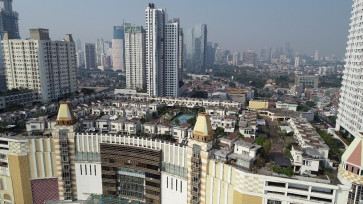Popular Reads
Top Results
Can't find what you're looking for?
View all search resultsPopular Reads
Top Results
Can't find what you're looking for?
View all search resultsSustainable development to ensure Jakarta rises, not sinks
It makes no sense any longer for people-intensive back office operations in banking, telecommunications or information technology to be located in areas requiring long commutes.
Change text size
Gift Premium Articles
to Anyone
I
n a February article on this subject titled “Sustainability blueprint for Jakarta and its suburbs” that appeared in this newspaper, I identified six major sustainability emergencies for Jakarta and its suburbs.
By examining practical solutions for each of them, we can hope to contribute to discussions and debates toward the development of an integrated sustainable development road map for Greater Jakarta.
Various aspects of climate change are hitting the agglomeration area hard. These include erratic rain patterns, periods of extreme heat, increased frequency of fierce storms and prolonged flooding. The contributing factors directly caused by humans include pollution (vehicular, industrial and from power plants, most of which are coal-fired), huge quantities of unprocessed waste, especially plastic, and excessive rather than controlled consumption.
The rate of sea level rise across vulnerable coastlines of the ASEAN region are conservatively estimated to be around 4 to 6 millimeters per year. The situation becomes acute when coastal regions start to sink due to subsidence, which is estimated to be around 10 to 12 centimeters per year. The main cause of subsidence in Jakarta is excessive ground water extraction.
Continued construction of high-rise office buildings, apartment blocks and shopping malls has led to massive stress on ground water levels. In many areas, surface level ground water has not existed for years and bore wells have been extracting water from depths of 60 meters or more. With volcanic soil being prone to crumbling, the combined impact from the top and bottom has given Jakarta the unwanted designation of being one of the world’s “fastest-sinking mega cities”.
While the new capital Nusantara in East Kalimantan has been touted as a Plan B by the government, it is clear that Greater Jakarta’s 25 million-plus citizens need a more sustainable road map for survival in the immediate future. This will require a series of 10 well-coordinated actions and strict enforcement.
The first is strict zoning prohibiting new construction in vulnerable areas. Previously, several parts of North Jakarta were identified under the “red zone”, but as a result of weak enforcement and compromises, much of this area has been built upon.



















